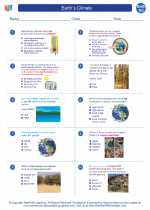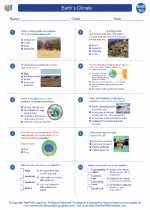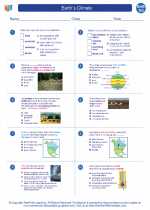Bioremediation
Bioremediation is a process that uses microorganisms, plants, or their enzymes to restore the natural environment by removing, breaking down, or neutralizing contaminants in soil, water, and air. It is a sustainable and cost-effective method for cleaning up environmental pollution.
Types of Bioremediation
1. Microbial Bioremediation: Involves the use of microorganisms such as bacteria, fungi, and algae to degrade or metabolize pollutants.
2. Phytoremediation: Uses plants to absorb, accumulate, or break down contaminants from the soil, water, or air.
3. Enzymatic Bioremediation: Utilizes enzymes produced by microorganisms to catalyze chemical reactions that transform pollutants into less harmful substances.
Applications of Bioremediation
1. Oil Spill Cleanup: Bioremediation can be used to break down and remove oil spills from marine and coastal environments.
2. Landfill Remediation: Microorganisms can be employed to degrade organic waste and reduce the production of harmful leachate in landfills.
3. Groundwater Contamination: Bioremediation techniques can be applied to clean up groundwater contaminated with chemicals, solvents, or heavy metals.
Study Guide
- Define bioremediation and explain its significance in environmental cleanup.
- Compare and contrast microbial bioremediation, phytoremediation, and enzymatic bioremediation.
- Discuss specific examples of bioremediation applications in different environmental contexts.
- Explain the factors that influence the effectiveness of bioremediation processes.
- Evaluate the advantages and limitations of bioremediation compared to other remediation techniques.
◂Earth Science Worksheets and Study Guides High School. Earth`s Climate

 Worksheet/Answer key
Worksheet/Answer key
 Worksheet/Answer key
Worksheet/Answer key
 Vocabulary/Answer key
Vocabulary/Answer key
 Vocabulary/Answer key
Vocabulary/Answer key
 Vocabulary/Answer key
Vocabulary/Answer key
